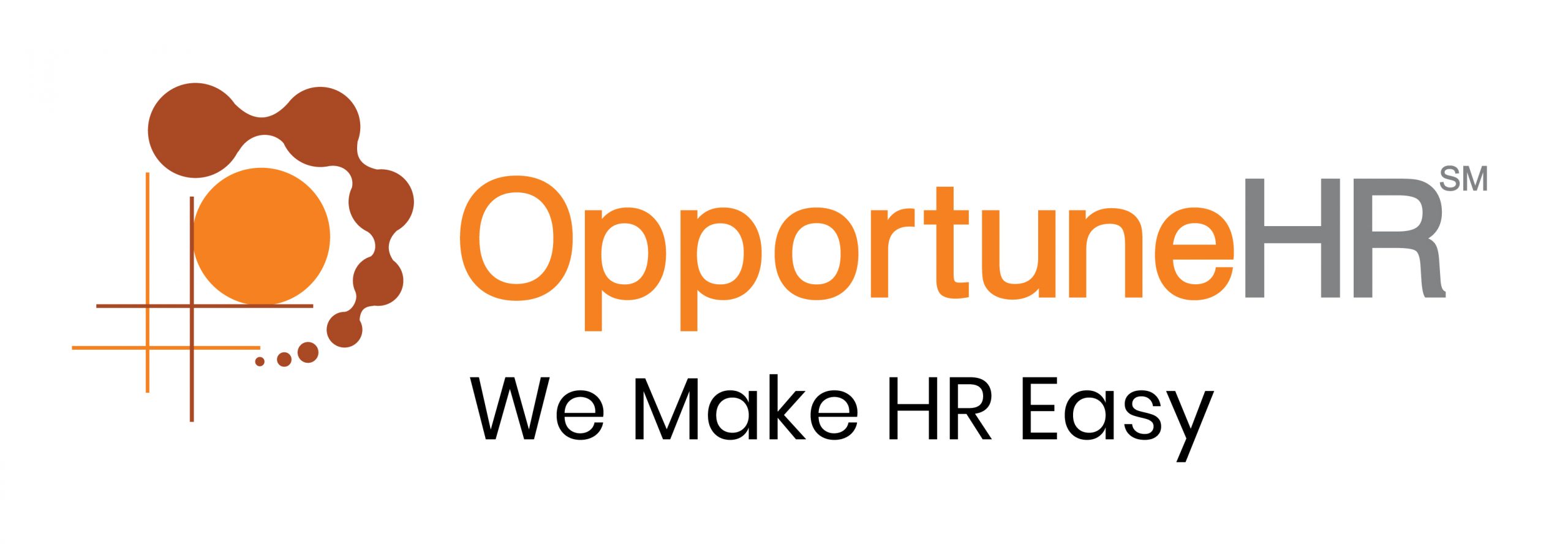
Discover Why OpportuneHR is the best HRMS Software in India! Schedule a Demo OR Call us @ +91 7700-954949

Fix an Appointment
Download PDF
- Payroll
Compensation Management Made Simple!
Managing employee compensation is one of the toughest challenges for HR and finance teams. Balancing employee expectations, company budgets, and legal compliance often feels like walking a tightrope.
Because compensation management is much more than just salary structuring. There are components like direct compensation, indirect compensation, and the most important question on employees’ minds: Their take-home salary!
A good compensation management software makes this complex task easy. Some of the best payroll software also have compensation planning modules built into them. You can configure it as per your compensation strategy, and with some clicks of a mouse, all calculations will be done.


Opportune Payroll Software: Compensation Management Features:
-
Salary Structure Master
You can easily develop salary structures that align with your company's grading system, job roles, and policies. The software automatically calculates all components — from Professional Tax (PT) deductions to tax-saving flexi-pay options. This means employees get the best take-home pay while companies manage CTC within budget — a true win-win.
-
Easy Salary Revisions & Arrears
Raise salaries after appraisals? No problem. Make bulk revisions with complete audit trails showing timestamps and effective dates. Employees, HR, and payroll teams can view revision history transparently.
-
Compensation Analytics for Smart Decisions
Get detailed reports on salary disbursement by department, location, gender, and cost center — all in clear graphs and tables. Use these insights for budgeting, planning, and ensuring fair pay across the organization.
-
Manpower Budgeting Linked to Org Structure
Plan headcount and salary budgets easily by department. Track pending salary budgets in real-time to speed up hiring approvals.
-
Integrated Expense Management
Track all salary-related expenses, including reimbursements, in one place. Mobile app workflows let employees upload receipts and get approvals quickly.
How It Works: The Compensation Management Process
-
Budget & Plan Salary Expenses for the Year
Start by setting a clear budget for total salary expenses. This includes forecasting salaries based on headcount, expected raises, bonuses, and any new hires. Planning ahead helps avoid surprises and keeps your payroll system aligned with company finances.
-
Define Salary Structures Aligned with Compliance and Tax Benefits
Create salary structures that comply with labour laws and tax regulations. This means breaking down salaries into components like basic pay, allowances, bonuses, and benefits.
Proper structuring maximizes tax efficiency for both the company and employees, while staying within legal boundaries. -
Compensation Analytics for Smart Decisions
Get detailed reports on salary disbursement by department, location, gender, and cost center — all in clear graphs and tables. Use these insights for budgeting, planning, and ensuring fair pay across the organization.
-
Analyze Compensation Data with Built-in Reporting Tools
Use reporting tools to review compensation trends and data. These tools help identify gaps, compare salaries across roles, and ensure internal fairness. Reports also support strategic decisions on raises, promotions, and budgeting.
-
Communicate Salary Details Transparently with Employee Self-Service Portals
Provide employees access to their salary information through self-service portals. Transparency builds trust, reduces payroll queries, and empowers employees to understand their pay components, tax deductions, and benefits.
-
Use Flexi-Pay Options to Optimize Take-Home Pay and Tax Savings
Offer your employees flexible pay options like salary restructuring or benefits conversion to optimize take-home salary. For example, allowing employees to choose how much goes into tax-saving components (like provident fund or meal vouchers) increases satisfaction and tax efficiency.
This step-by-step process ensures smooth salary management that balances company budgets, legal requirements, and employee happiness.




